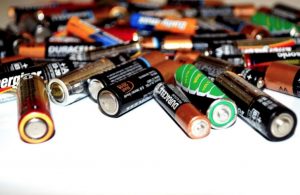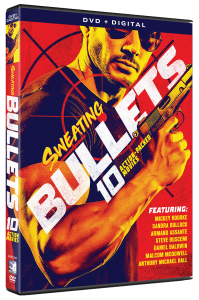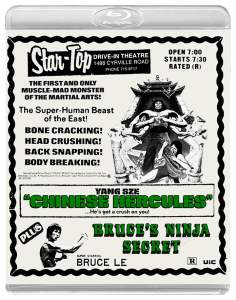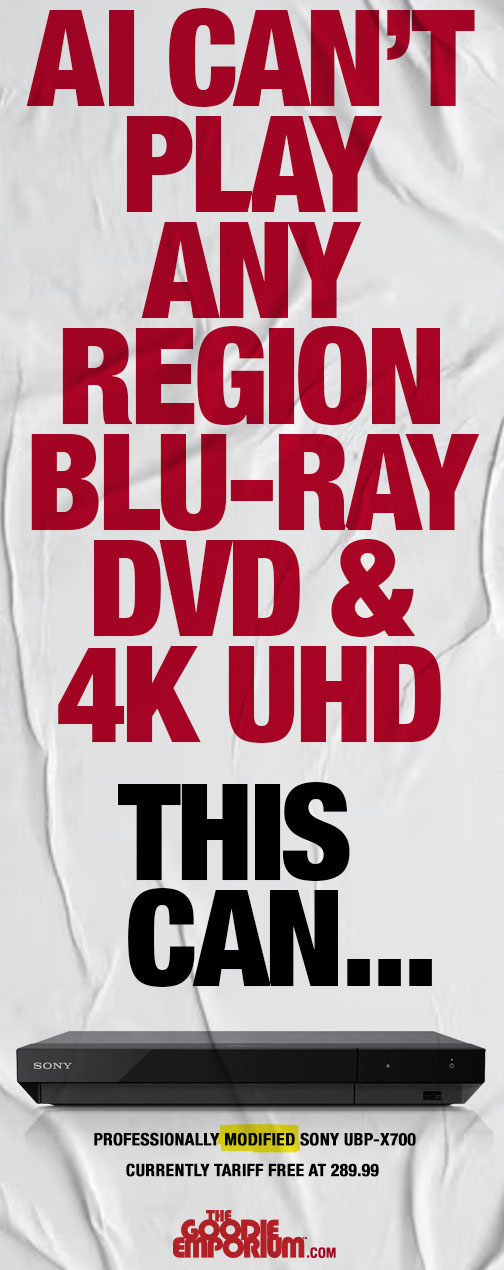
CBD for Healing: 10 Surprising Health Benefits of CBD Oil
The use of CBD oil and other CBD products is becoming more and more popular in the United States. In fact, one in seven American adults use CBD products regularly.
Unlike their cannabis cousins, CBD oil products are used less for their recreational properties. Instead, most people use CBD for healing a huge number of ailments.
Want to know how CBD oil could help you? Then you’ve come to the right place! Read on to find out ten amazing health benefits of CBD oil.
1. CBD Reduces Anxiety and Depression
Anxiety and depression affect about 40 million adults in the US. These can be extremely debilitating and even life-threatening.
Fortunately, there are lots of treatment options for people suffering from these conditions and CBD oil can help!
Taking CBD oil can reduce symptoms of anxiety or depression. This can provide the room you need to engage with other forms of treatment, such as therapy. Or it may just be enough to keep you going through a mental health crisis.
2. CBD Oil Fights Chronic Pain
There are lots of different types of chronic pain, including arthritis and neuropathic pain. These can massively reduce your quality of life and have an adverse effect on your mental health.
One of the best CBD health benefits is the oil’s anti-inflammatory qualities. Because of these, CBD oil can help to reduce certain kinds of chronic pain. To be most effective, you should take it regularly.
3. It May Prevent Diabetes
Studies into how CBD oil can help prevent diabetes are on-going. However, the most recent research suggests it could help lower the likelihood of developing diabetes by 56%!
This may be possible as CBD can help prevent insulitis. This is a condition that damages and destroys pancreatic beta cells. Insulitis contributes to the development of Type I diabetes, so fighting it could lower your chances of developing this condition.
On top of this, CBD oil can also help to reduce the side effects of diabetes, such as memory difficulties or neuroinflammation, if it does develop.
4. CBD Support Drug Addiction Recovery
Long-term drug use creates addiction because it affects your neurological circuits. This causes you to feel dependent on whichever drug you have been using. The stronger the drug and the longer the use, the harder these circuits will be to break.
However, CBD can help by restoring your neurological circuits to their natural settings. This won’t cure you of your addiction immediately but it can reduce the strength of your cravings. This means that CBD oil benefits can make the road to recovery a lot easier.
5. Taking CBD Oil Prevents Acne
Taking CBD oil reduces the production of sebum, which is a natural oil in your skin. When too much sebum is produced can block the pores in your skin, causing acne.
By keeping your sebum levels low, CBD oil helps to prevent acne. It will also help eliminate any acne that you already have.
6. It Reduces Symptoms of Alzheimer’s
Alzheimer’s disease is a neurological condition that affects people as they age. One of the biggest causes of it is neuroinflammation.
However, CBD oil helps to shield your neurons from elements that would destroy them and cause neuroinflammation. Taking it over a long period of time lowers your likelihood of developing this disease.
If you do develop Alzheimer’s then CBD can help to reduce the symptoms you experience and slow the spread of the disease.
7. CBD Oil Reduces Symptoms of Cancer and Chemotherapy
Anyone going through cancer will tell you that it really takes its toll on you both physically and mentally. Whether the illness itself is leaving you feeling sick or the chemotherapy has got you beat, CBD oil can help to relieve your symptoms.
This includes reducing your neuropathic pain and feelings of nausea. Taking CBD oil can also increase your appetite, which often suffers during chemotherapy. This is great as it means you’ll be able to eat more and keep your strength up, which is vital for your recovery.
8. It Can Manage Your Allergies
Allergies of any kind can be a huge pain to live with, especially as they are chronic. This means your best bet is managing your symptoms to improve your quality of life.
CBD oil has immunosuppressant qualities that mean it can really help some of the irritating symptoms of allergies. Taking it regularly can reduce skin irritations caused by allergies, such as rashing or redness.
On top of this, it can help manage other conditions affected by allergies. These include asthma or chronic obstructive pulmonary disease (COPD).
If this sounds like something you could benefit from and you want more information, view more here!
9. CBD Lowers Blood Pressure
Managing your blood pressure is vital if you want to prevent serious cardiovascular diseases. These include suffering from a stroke or a heart attack.
Taking daily doses of CBD oil can help to lower and maintain your blood pressure. In doing so, your cardiovascular and long-term health will massively improve.
10. Taking CBD Oil Helps Insomnia
Suffering from insomnia and other sleep disturbances can be a huge pain. These can affect your social life, your work life, and your personal relationships. If you go without quality sleep for too long then this can also have a huge impact on the rest of your physical and mental health.
There are two health benefits of CBD oil for your sleep.
It can reduce your feelings of anxiety, which often cause sleep disturbances. On top of this, CBD works with the serotonin receptors in your brain to improve the quality of your sleep as well.
This allows your body to get back into its natural sleep rhythms so that you can get the rest you need.
Start Using CBD for Healing Today!
As you can see, there are loads of ways to use CBD for healing that can benefit you. Whatever your condition, a regular dose of CBD oil could help!
For more amazing tips on using CBD in your life, keep scrolling.






 We were going to start off this introduction with the typical “Although Bruce Lee only made 5 movies, the impact of each can still be felt to this day,” but we’re going to save you the trouble and get right to the good stuff.
We were going to start off this introduction with the typical “Although Bruce Lee only made 5 movies, the impact of each can still be felt to this day,” but we’re going to save you the trouble and get right to the good stuff. The summer officially starts in the United States on June 20th, and that typically means barbecue. However, if you’ve never barbecued before or you’re looking for new inspiration, it’s easy to get overwhelmed by the sheer number of recipes you can find online!
The summer officially starts in the United States on June 20th, and that typically means barbecue. However, if you’ve never barbecued before or you’re looking for new inspiration, it’s easy to get overwhelmed by the sheer number of recipes you can find online!












3 Comments